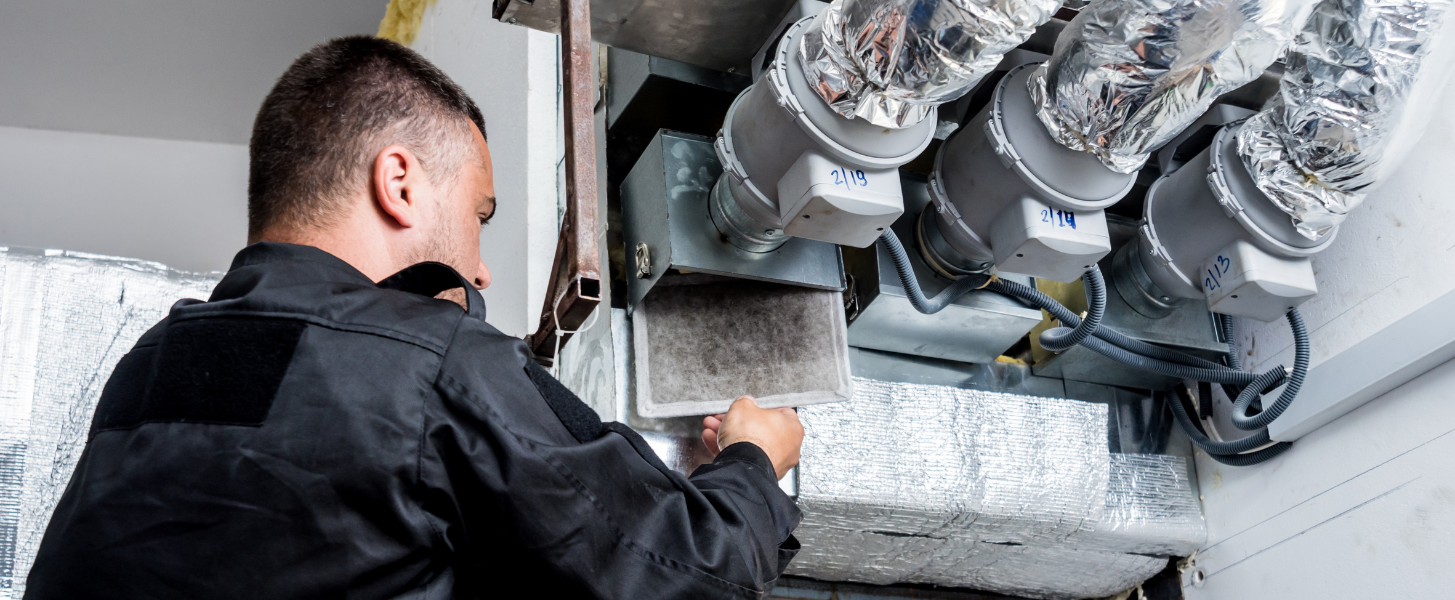Lease administration, a critical function in property management, is undergoing a transformation thanks to automation. Traditionally, lease administration involved manual processes, paperwork, and time-consuming tasks that were prone to errors. Today, automation is streamlining these processes, bringing significant improvements in efficiency, accuracy, and cost savings. In this blog, we’ll delve into how automation is revolutionizing lease administration and what the future holds for this essential aspect of property management.
Understanding Lease Administration
Lease administration is the process of managing the various aspects of lease agreements between landlords and tenants. This includes tasks such as tracking lease terms, managing renewals, handling rent payments, and ensuring compliance with lease agreements. Traditionally, lease administration has been a labor-intensive process, often involving spreadsheets, physical documents, and manual tracking systems. However, with the advent of automation, these processes are becoming more streamlined and efficient.
The Rise of Automation in Lease Administration
Streamlining Lease Management
One of the most significant impacts of automation on lease administration is the streamlining of lease management processes. Automated lease management systems can handle tasks such as lease tracking, document storage, and compliance monitoring with greater speed and accuracy than manual methods. This reduces the risk of human error and ensures that lease-related activities are completed on time.
Enhancing Data Accuracy and Accessibility
Automation also improves data accuracy and accessibility. Automated systems can integrate with other property management software to provide a comprehensive view of lease data. This integration ensures that information is updated in real time and reduces the risk of discrepancies between different systems. With accurate and up-to-date data at their fingertips, property managers can make more informed decisions and respond more effectively to lease-related issues.
Simplifying Rent Collection and Payment Processing
Rent collection and payment processing are critical aspects of lease administration. Automation can simplify these processes by providing tenants with convenient online payment options and automatically tracking payment status. Automated systems can also generate and send invoices, process payments, and update financial records without manual intervention. This not only speeds up the payment process but also reduces the administrative burden on property managers.
Key Benefits of Automation in Lease Administration
Increased Efficiency
One of the primary benefits of automation in lease administration is increased efficiency. Automated systems can handle repetitive tasks, such as data entry and document management, much faster than manual methods. This allows property managers to focus on more strategic activities, such as lease negotiation and tenant relations, rather than getting bogged down in administrative tasks.
Reduced Risk of Human Error
Manual lease administration processes are prone to human error, which can lead to costly mistakes and compliance issues. Automation reduces the risk of errors by standardizing processes and providing accurate, real-time data. This helps ensure that lease agreements are managed correctly and that all deadlines and compliance requirements are met.
Enhanced Compliance and Reporting
Compliance with lease agreements and regulatory requirements is crucial in lease administration. Automated systems can help ensure compliance by tracking important dates, generating compliance reports, and alerting property managers to any potential issues. This proactive approach helps prevent compliance violations and ensures that all lease-related activities are conducted in accordance with legal and contractual obligations.
Cost Savings
Automation can lead to significant cost savings for property managers and landlords. By reducing the need for manual labor and minimizing the risk of errors, automation can lower administrative costs and improve overall operational efficiency. Additionally, automated systems can help identify cost-saving opportunities, such as optimizing lease terms or reducing overhead expenses.
Emerging Trends in Lease Administration Automation
Integration with IoT and Smart Building Technology
The integration of automation with Internet of Things (IoT) and smart building technology is an emerging trend in lease administration. IoT devices can provide real-time data on building systems, such as HVAC and lighting, which can be integrated into lease management systems. This integration allows property managers to monitor and manage building performance more effectively, leading to improved tenant satisfaction and operational efficiency.
Artificial Intelligence and Machine Learning
Artificial intelligence (AI) and machine learning are also playing a growing role in lease administration. AI-powered systems can analyze large volumes of lease data to identify patterns and make predictions about future trends. This can help property managers make more informed decisions and anticipate potential issues before they arise. Machine learning algorithms can also improve the accuracy of automated processes by continuously learning from new data and adjusting algorithms accordingly.
Blockchain Technology
Blockchain technology is another innovation that has the potential to impact lease administration. Blockchain’s decentralized and immutable nature makes it an ideal solution for managing lease agreements and ensuring transparency. Smart contracts, which are self-executing contracts with the terms of the agreement directly written into code, can automate lease execution and enforcement, reducing the need for intermediaries and enhancing trust between parties.
Challenges and Considerations
While automation offers numerous benefits, it is not without its challenges. Implementing automated lease administration systems requires a significant investment in technology and training. Property managers must also ensure that their systems are secure and comply with data protection regulations. Additionally, transitioning from traditional methods to automated systems can be complex and may require careful planning and support.
Ensuring Data Security
Data security is a critical consideration when implementing automation in lease administration. Property managers must ensure that their automated systems have robust security measures in place to protect sensitive lease data. This includes encryption, access controls, and regular security audits to prevent data breaches and unauthorized access.
Managing Change and Training
Transitioning to automated lease administration systems can be a significant change for property managers and their teams. It is important to provide adequate training and support to ensure a smooth transition and maximize the benefits of automation. Property managers should also communicate the changes to tenants and other stakeholders to ensure that they are aware of and prepared for any new processes or systems.
The Future of Lease Administration
As technology continues to advance, the future of lease administration is likely to be shaped by further innovations in automation. The continued integration of automation with emerging technologies, such as AI, IoT, and blockchain, will drive even greater efficiency and accuracy in lease management. Additionally, as automation becomes more widespread, property managers will need to stay informed about new developments and best practices to remain competitive and effectively manage their lease portfolios.
Automation is transforming lease administration by enhancing efficiency, accuracy, and cost-effectiveness. With the integration of advanced technologies and the continued evolution of automation tools, the future of lease administration promises even greater improvements and innovations. Property managers who embrace automation and stay ahead of technological trends will be well-positioned to manage their lease portfolios effectively and drive long-term success.












